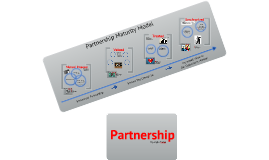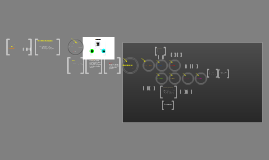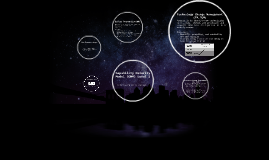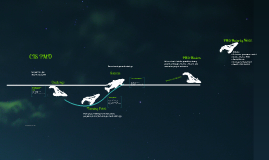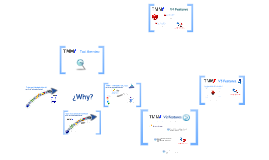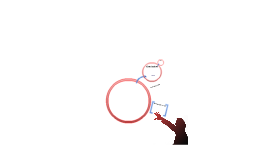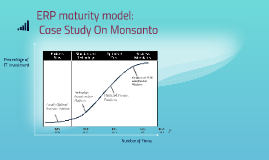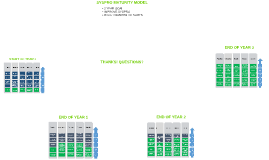Technical Maturity Model
Transcript: Added account Team Role. Product management at release level Ad-hoc Received "as is" from customer, the common level when a support transition ends. Maturity Model intended for service providers Assess Customer’s environment Determine Level of Maturity Level 1 – Ad hoc Level 2 – Standard Installation Level 3 - Measure and Controlled Level 4 – Proactive and Preventive V4 Features TMM - 4 Maturity 's Levels Measured and Controlled All recommended elements are monitored with proper triggers and thresholds for a product / technology. Additional reporting: aggregation by Global Service Line, Delivery Center and Region (AG, LA, EMEA, AP). Risk transformed in opportunities Value Transformation Presentation to Account Team & PEs Suggestion to Customer Improvements Opportunity identification Efficiency improvement Add Value to the Customer Cost Avoidance & Reduction. Use the technical and business expertise from our delivery teams to create base growth opportunities Maturity is the dimension of a technical support organization which measures the capability to perform support. Maturity model defines 4 stages of growth. The higher stage a organization is, the higher is the probability to delivery the best-of-breed services. Identify how many service line best practices a customer has in it’s environment Uploaded with Best Practices revised by GSLOs. part of Value Transformation Framework TMM defines 4 levels for maturity of a supported product under our management. A higher level of maturity means problems are predictable and that installation mostly like considered stable. Availability Target: 16/Apr/2012 Best Practice versioning against Product release. V2 Features Standard installation All recommended configurations settings for a product / technology are in place Collect the Best Practices (Local/Global Service Line) Collect Best Practices from the Vendors Lessons Learned Project Share Best Practices with (Global Service Line) ¿Why? Change from a BAU SO delivery model, into a pro-active technical selling team that drives added value to our clients. Some enhancement features that are scheduled for v4: Automatic generation of BPL pdf report based on data input into TMM. part of Value Transformation Framework Value Transformation Framework Added GSLO role (accountable for Best Practice life cycle management). Standard listing of clients (CDIRs), products, services (GSAR). Mitigation action plans now inserted into the tool, including schedule control and reporting (on proposed actions, approved actions, implemented actions, by SL, and DC). Availability Target: To Be Defined TMM v2 is not an update from v1, but a complete re-design. High Priority, Productivity and Revenue Generation flag at Best Practices for selective assessment. Some enhancement features that are scheduled for v3: Meta data maintenance dialogs (SLs, products, services). part of Value Transformation Framework Technical Maturity Model The 4 levels are: Availability Target: 30/Oct/2012 By reducing NVA work, segmenting by complexity and implementing a standard operations, we achieve more stable operations, better productivity and redirect our focus on account improvements and add value to the customer. Based on GSAR standard service catalog, with concept of Service Line, Service Line Component and pool. Included approval workflow (assessment closure, recommendations approval, action conclusion & results). Access control based on SL ownership, no dept codes anymore. Smart auto saving. Assessment history control. Reporting available with spider charts and bar graphing for maturity level aggregated by service line component, service line and by assessment version. Why do we need VTF? Proactive and Preventive All recommended accessory tools are installed and used for preventive maintenance for a product / technology. Integration with external tools: Client Directory, PME Register and GSAR. Some enhancement features that are scheduled for v4: Assessment Results Consolidated Risks Mapped and documented Executive Summary Presentation to Account Team Measure an account’s technical maturity both during a client transition and on an ongoing regular basis to address progress and further opportunities for improvements as part of the continuous improvement process of GDF Tool Overview Best Practice version & history control. V3 Features Features for v2.0:






